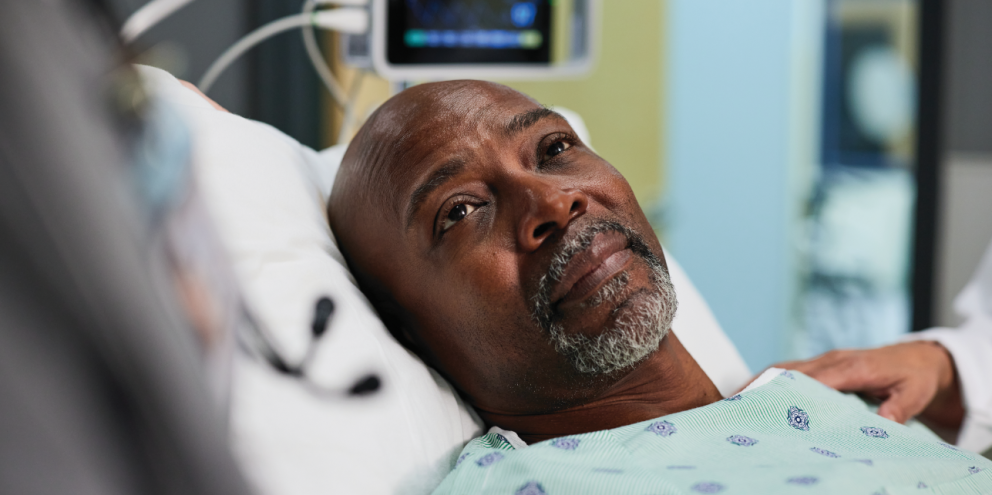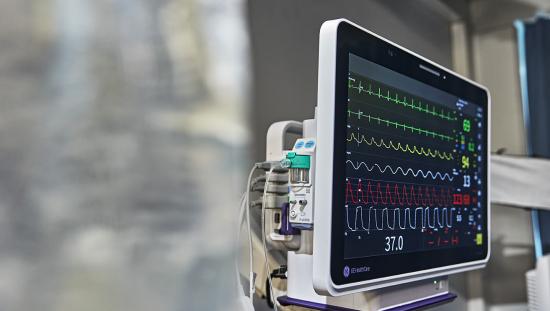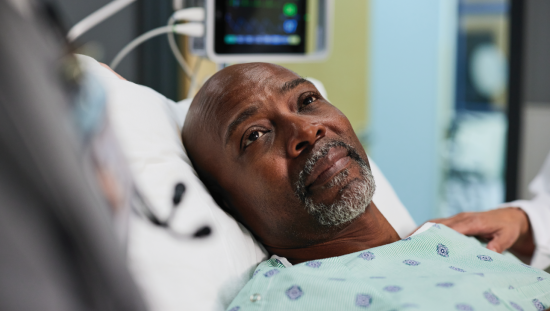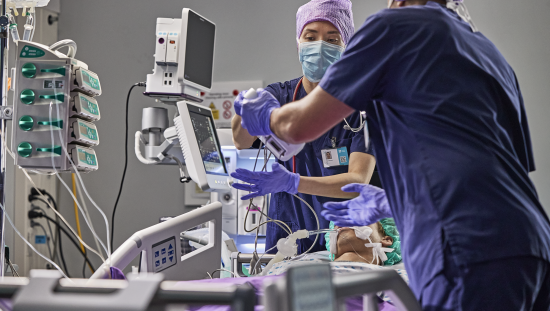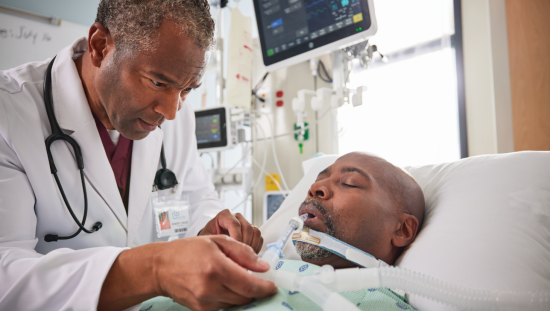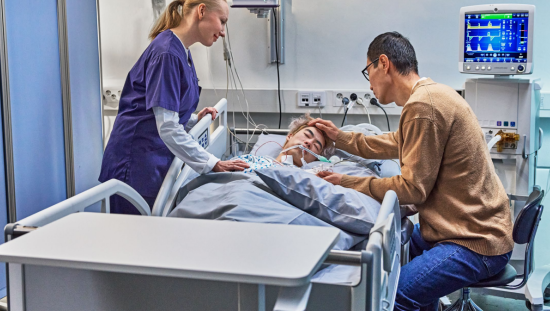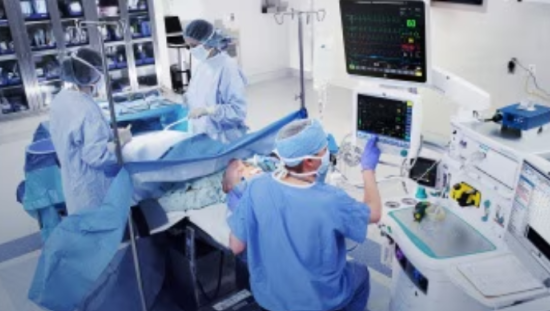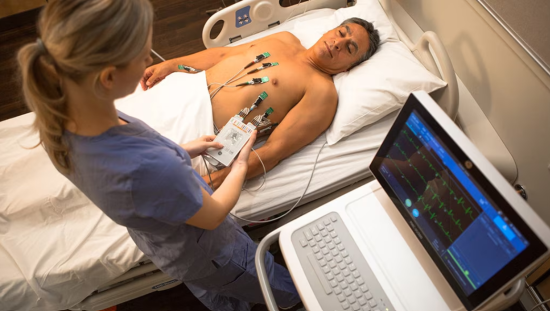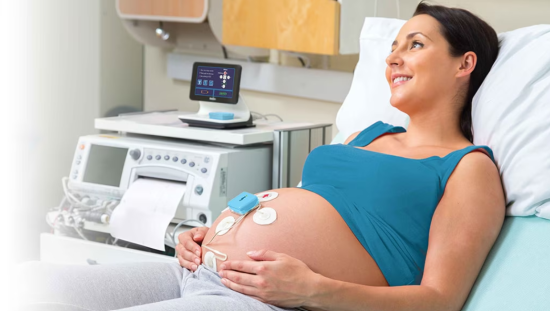The myth of usability: Why “easy to use” needs a reality check
In the medical device industry, “ease of use” is everywhere. It’s a staple of product brochures and sales pitches. Yet, despite its ubiquity, the term often lacks substance.
This superficial treatment of usability overlooks a critical truth: ease of use is not just a design preference—it’s a clinical and operational imperative. Poor usability has been linked to increased user errors, delayed treatments, and compromised patient safety1. In contrast, well-designed systems can reduce cognitive load, improve workflow efficiency, and enhance clinical outcomes2.
Defining and measuring usability in healthcare technology
Ease of use in medical devices can be understood through usability engineering, a discipline rooted in human factors science. According to ISO guidelines 9241-11, usability is “the extent to which a product can be used by specified users to achieve specified goals with effectiveness, efficiency, and satisfaction”3.
This definition is operationalized through rigorous testing:
- Formative testing during development to identify design flaws
- Summative validation in simulated or real-world environments
- Observational research to assess real-world performance and workflow integration1
These methods can uncover up to 97% of usability issues before a device reaches the market1, making usability engineering a powerful tool for improving safety, satisfaction, and system adoption.
Why usability drives real-world impact
Ease of use is often underestimated—but its ripple effects are profound. Here’s how intuitive design impacts healthcare across four critical dimensions:
- Clinical Outcomes: Devices that are easy to navigate reduce the risk of user error and enable faster, more confident decision-making. Usability-driven platforms improve early detection of deterioration and reduce false alarms2.
- Operational Efficiency: Streamlined interfaces and automated workflows save time and reduce documentation burdens. This translates into more time at the bedside and fewer delays in care delivery4.
- Staff Workload and Burnout: Complex systems increase cognitive load and frustration, contributing to burnout—a problem that costs healthcare systems millions annually5. Usable systems reduce administrative burden and improve job satisfaction.
- Financial Sustainability: Better usability leads to faster onboarding, reduced training costs, and improved data quality. It also supports compliance and value-based care models, enhancing reimbursement and reducing waste1.
Insights from Brest University Hospital
A usability study conducted at Brest University Hospital evaluated the CARESCAPE ONE monitoring platform6.
Key findings:
- 60% reduction in transport-related errors
- 26% reduction in patient transport time
- 93% of clinicians found the touchscreen rapid to use
- 24% easier than a comparative device to learn and familiarize with
These results underscore how thoughtful design can directly improve patient safety, workflow efficiency, and clinician satisfaction.
Advanced visualization and decision support
Monitoring platforms may integrate clinical decision support tools and advanced visualization technologies that synthesize complex data from multiple sources—vital signs, lab results, EMRs—into a unified, intuitive interface7.
Human-centered visualization, such as avatar-based displays, helps clinicians interpret patient status more efficiently. These tools improve situation awareness, reduce cognitive load, and enhance diagnostic confidence7. When data is presented as shapes, colors, and animations, clinicians can make faster, safer decisions—especially in high-pressure environments.
Conclusion
In a healthcare system strained by complexity and resource constraints, ease of use is no longer optional—it’s foundational. It affects everything from clinical outcomes to financial sustainability. By investing in usability research and human-centered design, medical technology companies can empower clinicians to deliver safer, faster, and more effective care.
GE HealthCare’s work at Brest University Hospital is an example to what’s possible when usability is treated as a core performance metric. It’s time for the industry to move beyond buzzwords—and for healthcare institutions to demand more than promises. They should demand proof.
References
- ISO 9241-11:2018 – Ergonomics of human-system interaction — Part 11: Usability: Definitions and concepts. International Organization for Standardization. Retrieved from https://www.iso.org/standard/63500.html
- Baumann, S., Stone, R. T., & Abdelall, E. (2024). Introducing a Remote Patient Monitoring Usability Impact Model to Overcome Challenges. Sensors, 24(12), 3977. https://doi.org/10.3390/s24123977
- GE HealthCare. (2018). CARESCAPE ONE Usability Study – Observational Study Summary. https://www.gehealthcare.com/-/jssmedia/global/uk/patient-monitoring/2019/02/12/ms---global---carescape-one---usability-comparison-study---english---05-2018---jb58083xx.pdf
- Gasciauskaite, G., Lunkiewicz, J., Roche, T. R., Spahn, D. R., Nöthiger, C. B., & Tscholl, D. W. (2023). Human-centered visualization technologies for patient monitoring are the future: a narrative review. Critical Care, 27, Article 254. https://doi.org/10.1186/s13054-023-04544-0
- Regulatory Medical Device. (2025). Usability Engineering in Medical Devices: Importance, Regulations, and Documentation. https://www.regulatorymedicaldevice.com/2025/04/usability-engineering-i…
- OtteHR. (2025). EHR Usability: Are We Ignoring the Needs of Clinicians? https://www.ottehr.com/post/ehr-usability-are-we-ignoring-the-needs-of-…
- Wirkkala, M., Wijk, K., Larsson, A. C., & Engström, M. (2024). Technology frustration in healthcare – does it matter in staff ratings of stress, emotional exhaustion, and satisfaction with care? BMC Health Services Research, 24, Article 1557. https://bmchealthservres.biomedcentral.com/articles/10.1186/s12913-024-…

